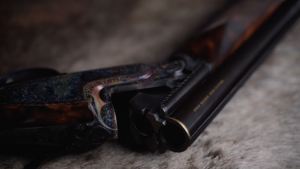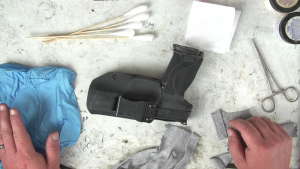To fully appreciate the M1911 pistol, a span of history must be traced back to the mid to late 1800’s.
Before the 1911, the military hand gun of choice, also known as “the Gun that Won the West,” was the Colt Revolver. Samuel Colt, during a stint as a ship crew member, observed the turning spokes of the ship’s wheel, which sparked an idea for a revolver.
Though Colt died in 1862, his wife took over the company and, after a patent conflict with Smith&Wesson was resolved, development of the bored-through revolver cylinders for metallic cartridges progressed steadily. By 1873 the Colt Single Action Army® was patented.The 1911: A Rich History to Build On.
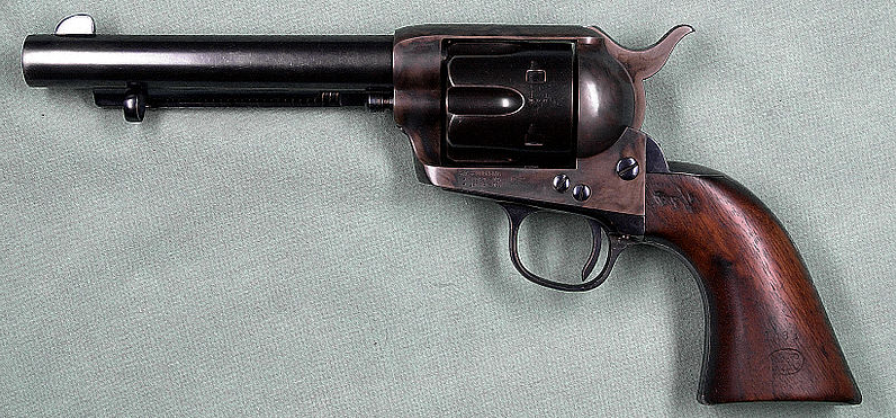
Colt Single Action Army® “The Peacemaker®”
As described in the Colt history pages:
Introduced in 1873, no Colt revolver has earned greater fame than the Single Action Army®, The Peacemaker®. Records on the SAA Revolver are a Who’s Who of action-oriented Americans of the late 19th and early 20th centuries including Buffalo Bill Cody, Theodore Roosevelt, Judge Roy Bean, Pawnee Bill Lilly, Captain Jack Crawford, Pat Garrett and General George Patton.
The Colt revolvers were the first military sidearms to use metallic cartridges. The Colt Single Action Army was replaced by the Colt’s Double Action 1892 revolver. That gun was used by Teddy Roosevelt and his Rough Riders in the Spanish-American War.
The problem with the Colt 1892 Double Action? The revolver was chambered in .38, not good stopping power for the enemy. Thus the Army began a quest to find a suitable and more powerful replacement.
Enter John Browning
John Moses Browning was the son of American inventor and gunsmith, Jonathan Browning, who had become fascinated by firearms as a young boy in Tennessee. Jonathan Browning invented the slide gun, known as the “Harmonica Rifle.”

Jonathan Browning Harmonica Rifle
Young John M. Browning began working in his father’s gun shop in Ogden, Utah, by the age of 6, and made his first gun out of scrap metal at the age of 10.
John “Mose” and 4 of his brothers built their gun factory, with $1,000 from savings, in 1879. They manufactured 25 of John’s patented, single-shot rifles which, with accessories, sold for just over $30 each. All 25 rifles sold out within a week.
Ogden became the junction city for the Union Pacific and the Central Pacific Railroads, which bolstered John M. Browning’s success with an influx of thousands of passengers per day.
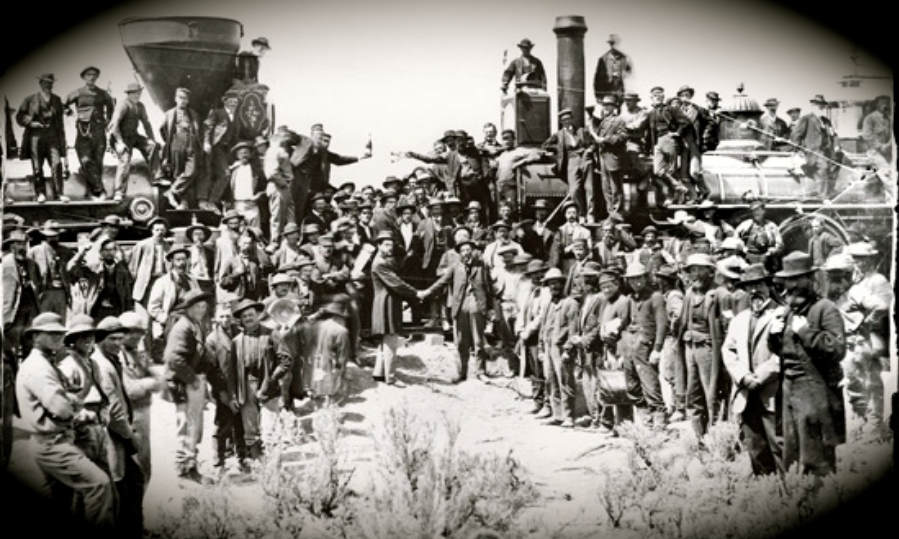
Union Pacific and Central Pacific Railroads Meet
From age 29 to age 44, John Moses Browning turned out 52 different firearms, many of these designs coming to fruition more rapidly because Browning worked with and designed for Winchester, Remington, and Colt.
From 1884 – 1887 John M. Browning designed and sold 20 different pump action and lever action rifles to Winchester. Many of those guns were bought, not to sell, but to keep the designs away from their competitors.
Browning is responsible for the Winchester 1894 (which was carried by John Wayne in almost all of his westerns), the Browning Automatic Rifle (the BAR), and the Browning M2 (the Ma Deuce).
Over a 44 year period John M. Browning forever impacted the course of firearms development.
But Browning’s most famous design was the .45 ACP 1911 pistol
The Colt pistol was formally adopted by the US Army on March 29, 1911 — thus its signature name, “the 1911.”
The US Navy and US Marine Corps adopted the Browning-designed pistol in 1913.
“Based on the short recoil principle of operation, the John M. Browning design for the US Military pistol trials was a magazine fed, single action semi-automatic pistol with both manual and grip safeties that demonstrated a level of durability, simplicity and reliability that no other pistol design of the era could match.”
In a time when the .38 caliber revolvers with only 5 rounds in the cylinder were routinely carried, the 1911 .45 ACP featured a 7 round, single stack magazine.
The Browning-designed 1911 pistol was first tested in combat in Mexico in 1916, and again in WWI.
WWI, as the Great War soon came to be known, proved a brutal face-off between new weapons and outmoded tactics. Much of the ground combat on the Western Front was conducted as trench warfare, in which small-unit raiding and close quarters combat were common tactics.
The Model 1911 proved more than equal to the task, and the powerful pistol quickly became a favorite of American servicemen. During one legendary engagement Sergeant Alvin York used a Model 1911 pistol to stop an attack by six German soldiers with as many shots, in the process winning the Medal of Honor.
Browning’s M1911 was the longest serving sidearm in American military history, and was not retired until 1985, replaced by the Beretta M9.
The pistol is a single action only, and as such, “is meant to be carried with a fully loaded magazine, a round in the chamber, the hammer back, and thumb safety engaged.”
John Moses Browning’s brilliance is borne out with the M1911’s continued use. The 1911 “revolutionized sidearms, not only through its operation, simplicity and reliability, but also in the fact that it paved the way for even greater designs.”
In the proud tradition of Browning’s pistol, ROBAR Guns presents “the ROBAR® Custom RC1911 line of pistols in both carry and full size models.”
ROBAR® brings over thirty five years of experience customizing this world renowned handgun design. ROBAR’s® owner, Robbie Barrkman, was a student and instructor under Lt. Col Jeff Cooper at Gunsite, where he worked on and built 1911 pistols.
The three models of the RC1911 are:
The RC1911 (5” barrel full size 1911) The RC1911C (4.25” barrel) The RC1911CQB (5” barrel with light rail, lanyard loop, and standard ambidextrous safety)
After a century of battle-tested use, the 1911 is still the reliable gun of choice for many shooting competitors, law enforcement agents, and military spec ops units: Browning designed a superb firearm that stood the test of time.
ROBAR is proud to offer up their custom models and carry on the great 1911 tradition of excellence.
This page is an archive. To learn more about archive pages click here
The responses below are not provided, commissioned, reviewed, approved, or otherwise endorsed by any financial entity or advertiser. It is not the advertiser’s responsibility to ensure all posts and/or questions are answered.
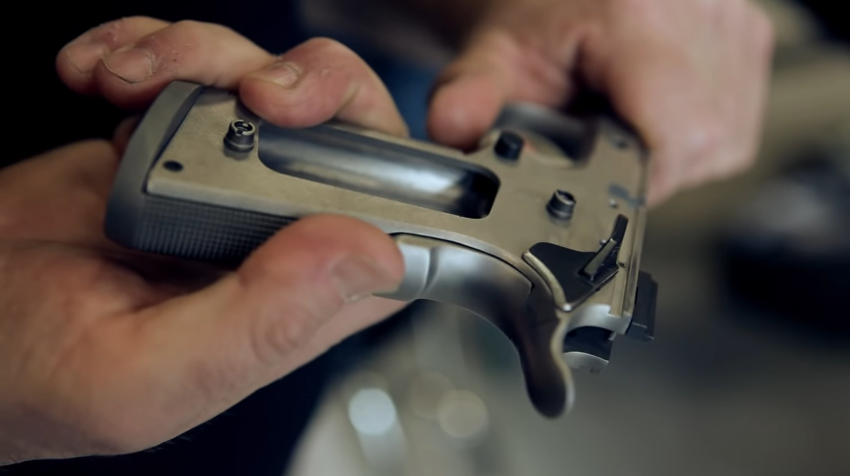
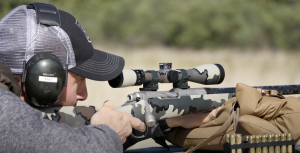
![What Optics Will Fit The Springfield Hellcat? [Best & Cheapest Options Here]](/assets/images/95efdc2ad27c763b47d32254454ece37.png)
